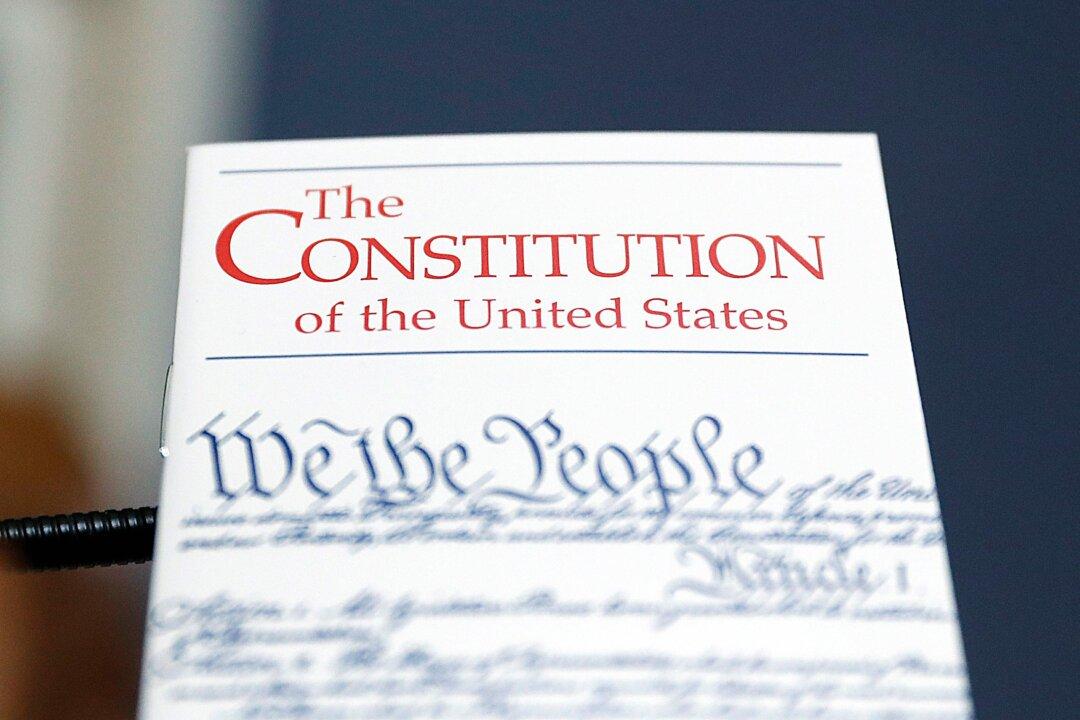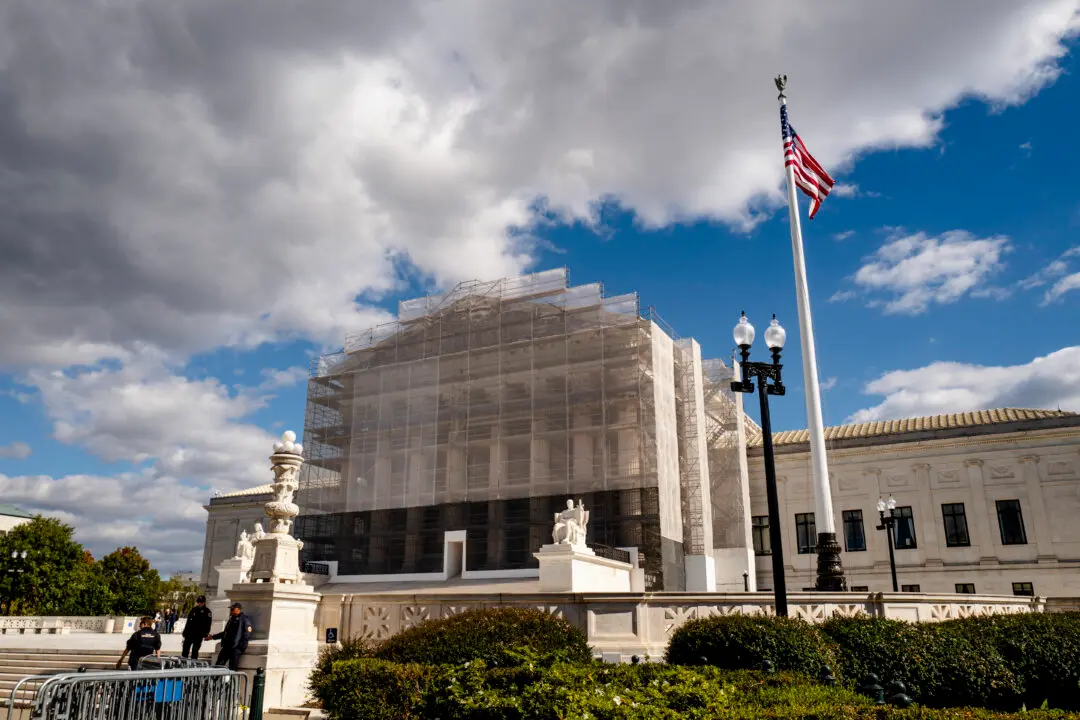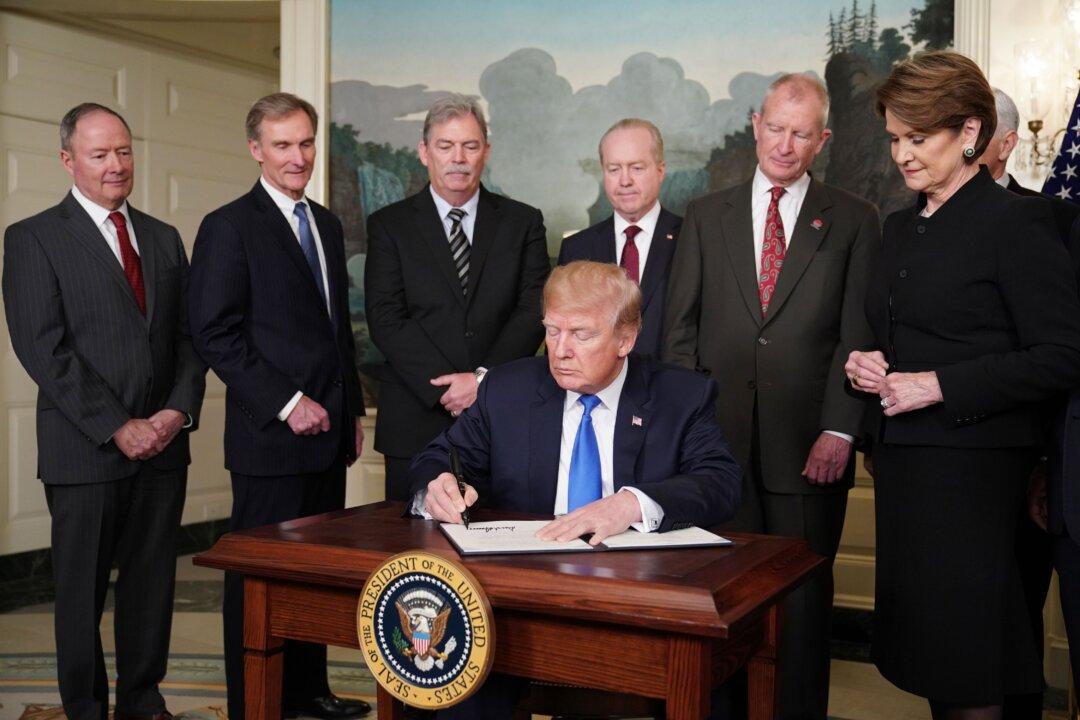Commentary
The first installment in this series pointed out that before the 2022 elections changed the balance of power in the House of Representatives, we very nearly lost our election system. Several bills would have transferred control of elections from the state legislatures to Washington. And those bills would have rigged voting rules permanently in favor of the left.





